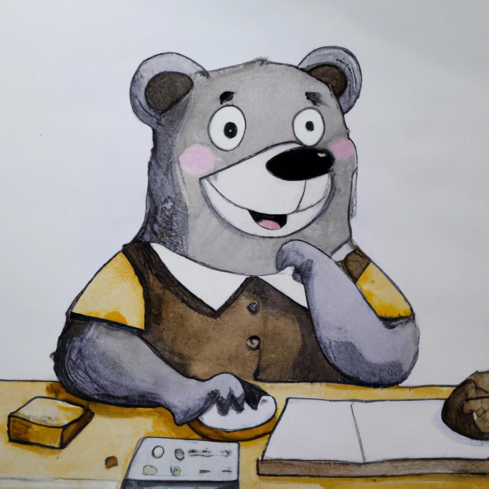Bare necessities
I have been working on several side projects this year. It has been quite a lot of fun. I am getting more confidence with my skills, from design to coding. Despite working on several projects, I constantly struggle with their scope. I could be more efficient with my time. For side projects, where you don’t have much time, you should always keep in mind: Minimum Viable Product (MVP). The MVP is the smallest version of your product that you can create and still test your hypothesis. A bare bones version of what you want to build. The version that allows you to test whether your idea (or the minimum set of ideas) is bringing value or not.
As someone who likes to “freestyle” with projects and learn new things, I am often guilty of adding frills to my projects when they are not needed. It’s easy to get distracted and waste time. Building things that are convenient, but they are not really needed to test the value you want to bring. In my case, I think because I find working on side projects almost as an artistic expression.

This idea applies to projects at work as well. Not only for the project that you individually work on. For example, how many times did you start working on something with too big of a scope? You find your team over-engineering something. Or you add new features along the way because a stakeholder said so. Mid-sprint someone comes and says to you: “We should do X. We sold it to the client already.” And then you must do it, or you feel pressured into doing so.
Often you end up having the feature release delayed by several sprints, and you have features that nobody cares about. Minimum viable products are essential. They let you focus on the smallest testable assumptions. You should have the mindset of a scientist. Build something small, and test if that thing is delivering value. If you are releasing multiple things at the same time, how can you be sure which one of those features is bringing value? Time is precious, and we should strive to avoid waste whenever we can. I think you should build things without any frills attached. No waste.
This is where the concept of muda, or waste, comes into play. The lean production methods of Toyota teach us to remove as much waste as possible in the production of something. The same principle applies to our projects. We should plan and have a rough architecture of the project. At a high level. Then we should build, ship, and test it. We should be modest in our planning and avoid spending too much time on it. Don’t fall into the trap of spending too much time with the plan. It is just the thing that tries to keep you accountable. That’s its value.
When working in a team, it’s helpful to have a person accountable for keeping the team focused on the MVP. Ideally, it should be the product manager. But everyone on the team should be involved in the process of keeping the project focused on value and avoiding waste. You could even play a game where in meetings each time a different person “wears” an MVP hat. Embodying the person that checks whether we are doing the “minimum”, we are avoiding waste.
In the end, it’s important to remember the value of simplicity. We should strive to focus on the bare necessities and avoid getting distracted by bells and whistles. As the song from the famous Disney movie says, “ Look for the bare necessities, the simple bare necessities, forget about your worries and your strife”. Focus on what’s needed to learn and improve. There is always time to build more later on. So let’s be mindful of our time and resources and strive to create the most value with the least waste possible.